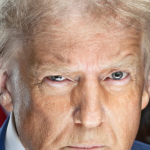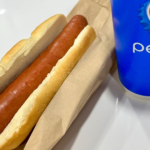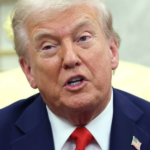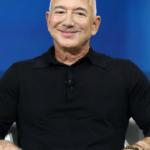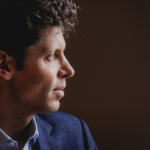“Starting October 1st, 2025, we will be imposing a 100% Tariff on any branded or patented Pharmaceutical Product, unless a Company IS BUILDING their Pharmaceutical Manufacturing Plant in America,” the president said on social media. “‘IS BUILDING’ will be defined as, ‘breaking ground’ and/or ‘under construction.’ There will, therefore, be no Tariff on these Pharmaceutical Products if construction has started.”
The bad news: the drug tariffs will be “a meaningful commercial hit for US consumers,” according to Oxford Economics’ analyst Louise Loo. Exporters in China, Vietnam, and Malaysia will also be affected by a separate Section 232 probe that Trump ordered into whether the medical products they supply represent a national security vulnerability.
The good news: There are several loopholes in Trump’s proposal that mean the impact of the new taxes may be limited.
This morning, Asian drug companies saw their market caps trimmed as traders bailed out of foreign drug stocks.
On its face, 100% tariffs look harsh. “Asia supplies just over 20% of US pharmaceutical imports by value, a meaningful commercial hit for U.S. consumers at face value,” Oxford’s Loo wrote. But that implies the White House will be forced to relax some standards, she said. “We therefore expect the US to follow up with announcements detailing protections for some categories of products, blunting the effective tariff burden.”
The loopholes that will blunt the impact of the new tariffs are:
UBS’s Paul Donovan said the same: “The 100% pharmaceutical tariff applies only to branded drugs, and constructing a factory may lead to an exemption. Many pharmaceutical companies have facilities in the U.S., so it may be relatively easy to superficially expand those facilities to avoid tariffs being applied.”



